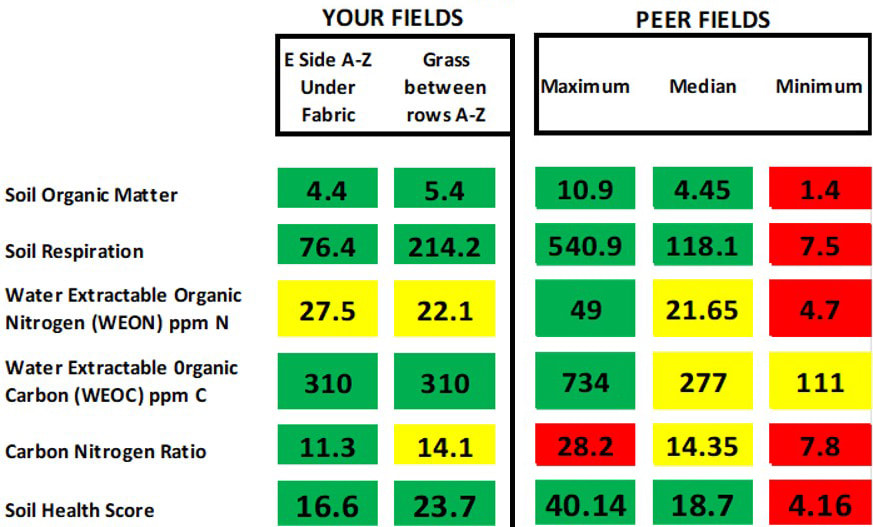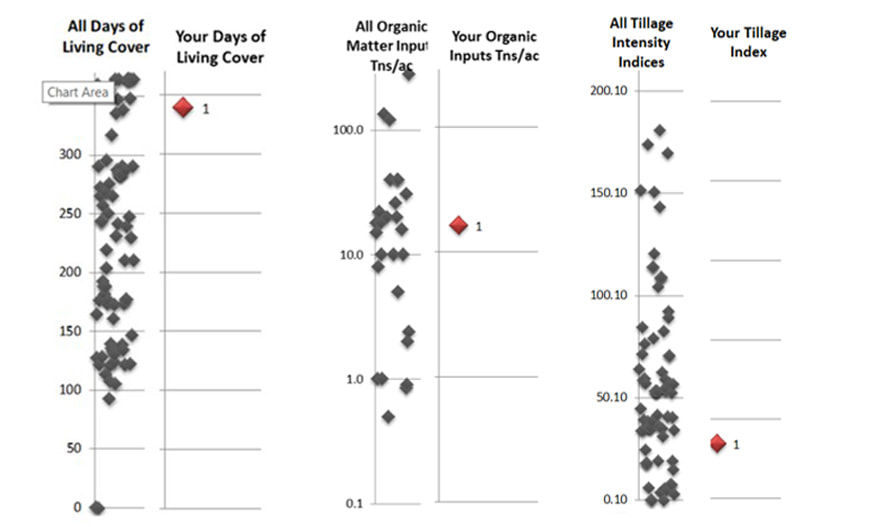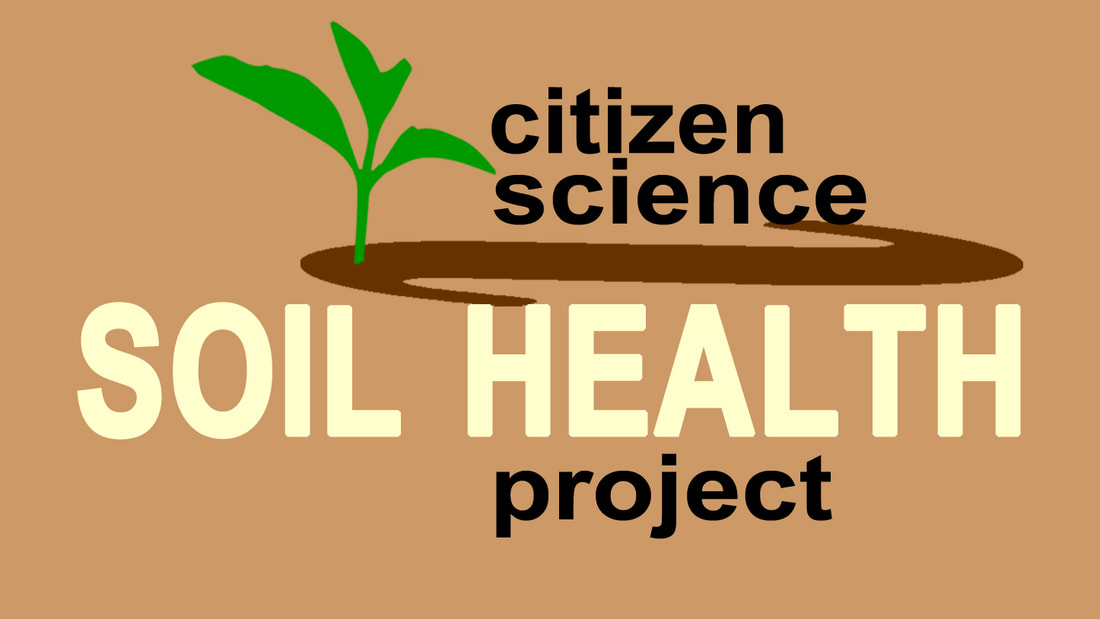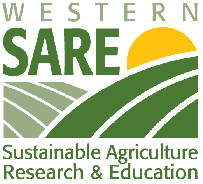The Forms We Use
If you want copies of our master excel spreadsheets, workbooks and templates to build your own Citizen Science Soil Health Project with your own group of growers, please contact us.
When our growers sample their soil, they follow our Soil Sampling Protocol. They also fill out our Soil Sampling Form, which includes information about recent management of the site, and a list of words describing their soil to provide a subjective assessment of their soil.
We report test results to our growers in our User-Friendly Haney and PLFA Results Report. Haney test results straight from the lab are not very easy to decipher. We had to make the data understandable for our growers. Our report format uses color coding to show which values to be concerned about, and includes normal ranges and explanations about each value.
In December, our growers fill out a Year-End Questionnaire about various management practices at their soil sampling site over the last year, including soil disturbance, weather, water availability, animals on site, organic matter inputs, fertilizer use, tillage implements used, and days of living cover.
We then provide all our growers with a Confidential Individualized Progress Report that shows them how they are doing compared to their peers on 12 important soil health indices and 3 key soil health practices: adding organic matter, decreasing tillage intensity, and increasing days of loving cover. Sites are divided into two peer groups: a Tilled-fields group and a Zero-tillage group. Tilled-fields have very different testing results and management strategies than Zero-tillage fields like pastures, orchards, grasslands and forests. It is not fair or informative to expect a tilled field to attain the same level of soil health that an irrigated pasture can in Colorado.
We report test results to our growers in our User-Friendly Haney and PLFA Results Report. Haney test results straight from the lab are not very easy to decipher. We had to make the data understandable for our growers. Our report format uses color coding to show which values to be concerned about, and includes normal ranges and explanations about each value.
In December, our growers fill out a Year-End Questionnaire about various management practices at their soil sampling site over the last year, including soil disturbance, weather, water availability, animals on site, organic matter inputs, fertilizer use, tillage implements used, and days of living cover.
We then provide all our growers with a Confidential Individualized Progress Report that shows them how they are doing compared to their peers on 12 important soil health indices and 3 key soil health practices: adding organic matter, decreasing tillage intensity, and increasing days of loving cover. Sites are divided into two peer groups: a Tilled-fields group and a Zero-tillage group. Tilled-fields have very different testing results and management strategies than Zero-tillage fields like pastures, orchards, grasslands and forests. It is not fair or informative to expect a tilled field to attain the same level of soil health that an irrigated pasture can in Colorado.
Comparisons with their peers encourage all our growers to adopt more soil health practices.
|
The grower in this sample tested 2 sites. The two colored columns on the left show their results for 5 important soil health indicators. The 3 columns on the right show them how their peers did, with a Maximum, Minimum and Median value for all 5 soil health indicators.
|
These graphs show growers how their soil health practices compare with their peers’ practices. Red dots are this grower’s values and grey dots are his peers’ values. This grower is doing pretty well and is staying right in the middle of the pack.
|



